EMD F2 diesel locomotive
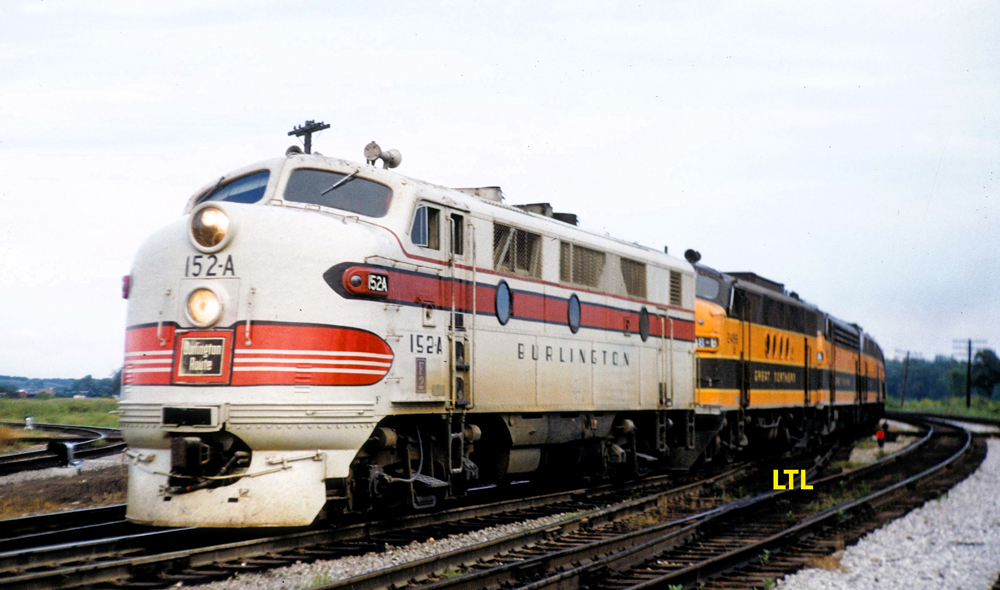
For a number of years, there was a streamlined diesel road locomotive hiding in plain sight, and it was only the savviest of fans with a penchant for details and numbers that could ferret them out from the rest of the herd.
It is the EMD F2. Only 104 were built – 74 A units and 30 B units – for a five-month period in 1946. Their anonymity was partially due to the fact that they looked practically identical to their successor, the wildly popular F3, of which more than 1,800 were produced from the late 1940s to the early 1950s.
So why the small number of units at a time when railroads were buying large quantities of everything diesel from a number of other builders? It was not the F2’s fault. As a matter of fact, in the scheme of things the unit probably was never planned to be introduced in the first place.
Let me explain
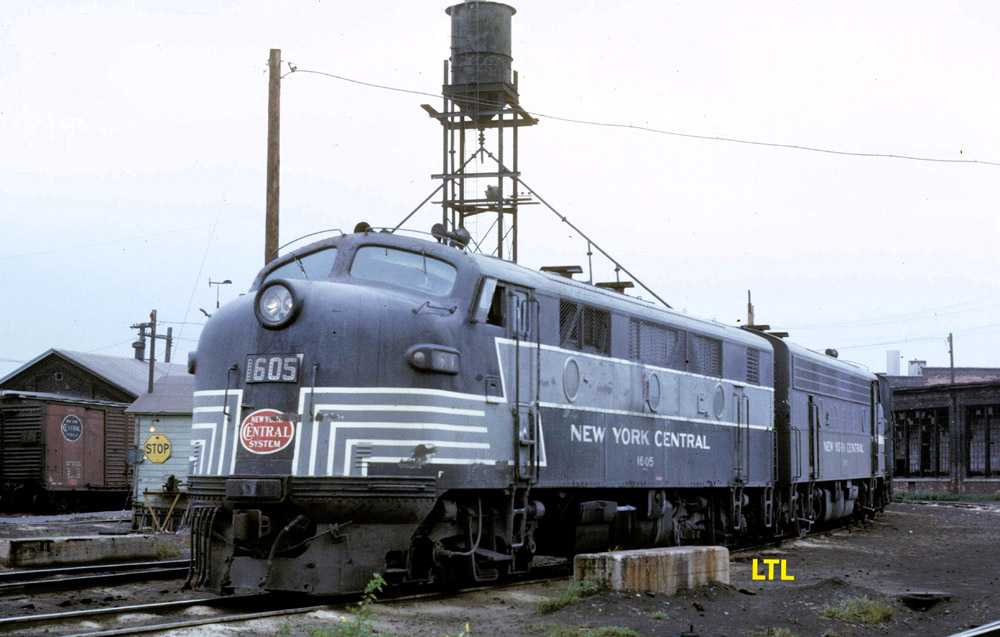
EMD had a virtual monopoly on four-axle streamlined freight locomotives during World War II with their FT, thanks to the U.S. government’s War Production Board. In an attempt at industrial efficiency, the WPB allowed Baldwin, Alco, and the other builders to concentrate on building diesel switcher designs and EMD to build mainline freighters. After the cessation of hostilities in 1945, all bets were off and every builder was allowed to market any design — freight, passenger, or yard units — it deemed appropriate.
That meant, in no particular order, Alco, Baldwin, FM, and everyone else could start marking their 1,500 and 1,600-hp streamlined freighters. EMD wanted to, as well, but its 1,350-hp FT, as groundbreaking as it was in 1939, was now behind the technology curve a mere half-dozen years later.
EMD knew that and planned for its successor in the form of the 1,500-hp F3. With the same basic shape as the FT, the F3 had fewer side portholes, internal dynamic brakes, and a host of other internal improvements that would make it a great competitive product.
But there is always a but
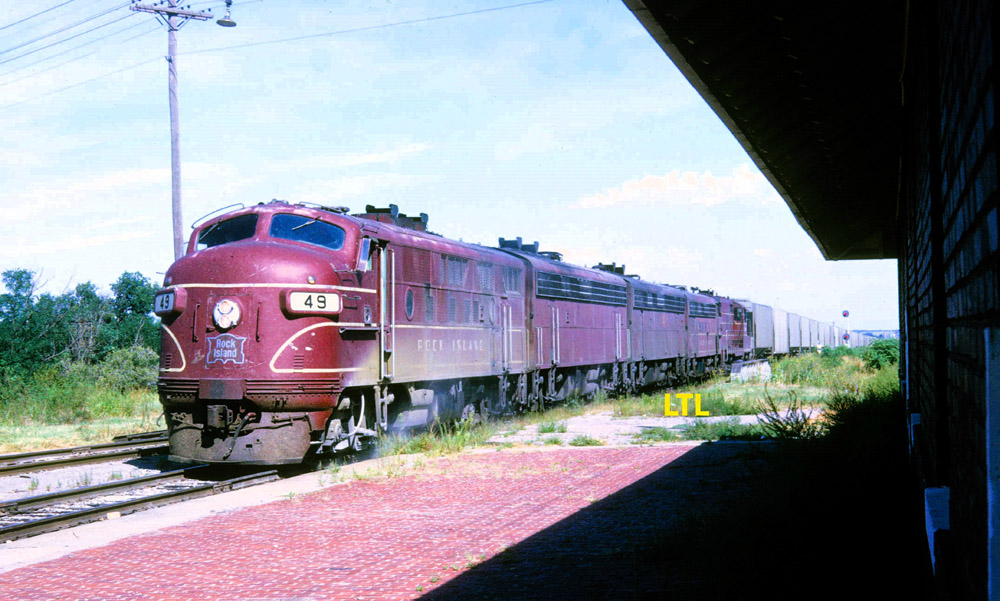
EMD design engineers worked feverishly to get the new design ready for production except for the new D12 generator replacing the FT’s D8. It still needed a little tweaking and refinement before being unleashed on the world. Until the design was completed and thoroughly tested, management wisely decided to hold off on giving it the green light. At the same time, the builder could not be seen lagging behind the competition and potentially losing orders from eager railroads looking to upgrade their rosters.
So, as a stopgap measure, the builder took the FT’s D8 generator and installed it in what would be the F3. But since it is still lagging the competition in horsepower, and it’s only a temporary solution, the builder gives it the F2 nomenclature. The model would only be in the builder’s catalog for five months, but it would keep the assembly lines open, satisfy railroads that may not have wanted to invest in another builder’s technology, and keep the promise alive of something newer and better from EMD just over the horizon.
In that scenario, the 104 F2 A and B units did their job admirably.
Equally at home powering freight or passenger trains, the new F2s quickly proved themselves on a number of railroads. Boston & Maine ordered the most at 18, followed by 14 for National of Mexico, a dozen each for Atlantic Coast Line, and the Rock Island. Burlington dug into its bank for ten, and Atlantic & East Carolina; Minneapolis & St. Louis; New York Central, and the Alabama Great Southern, a subsidiary of Southern, went for a pair each.
Even though they performed well, in the scheme of things they were odd man out overall, with too small a number to be a part of any rebuilding or upgrading program. In the end, all were traded in for new units as they wore out after years of service. No examples exist intact today.






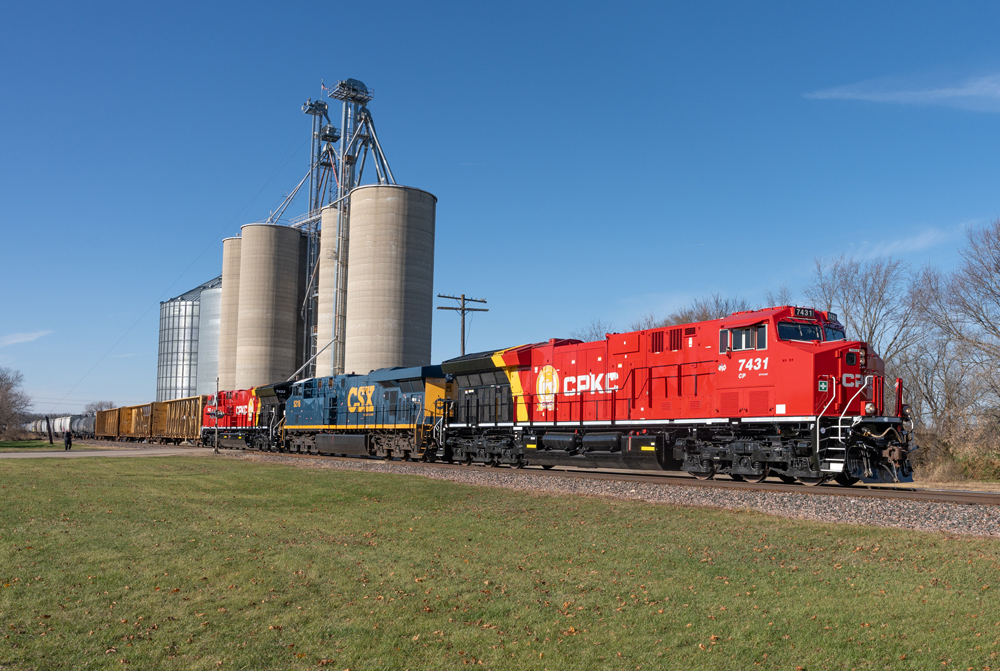
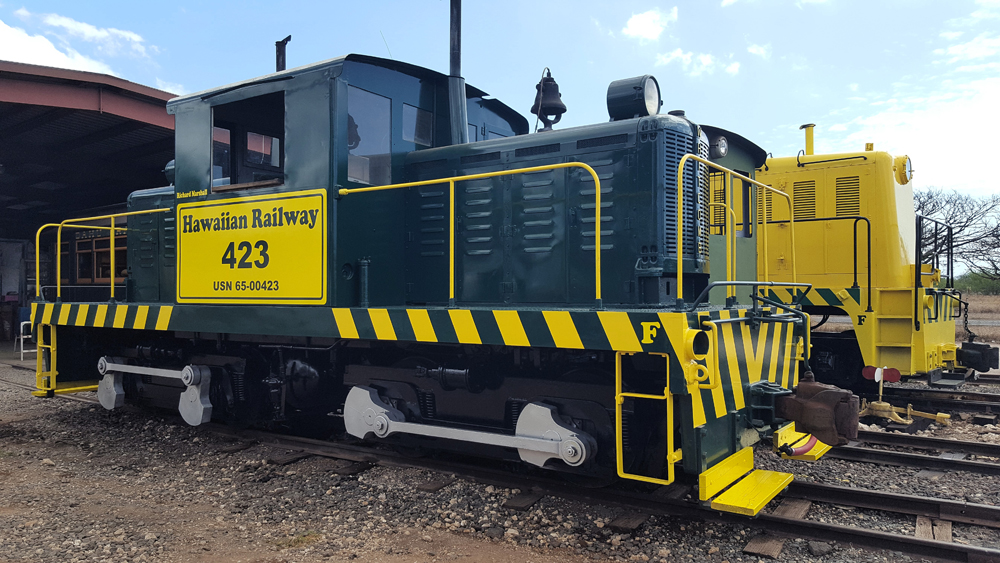
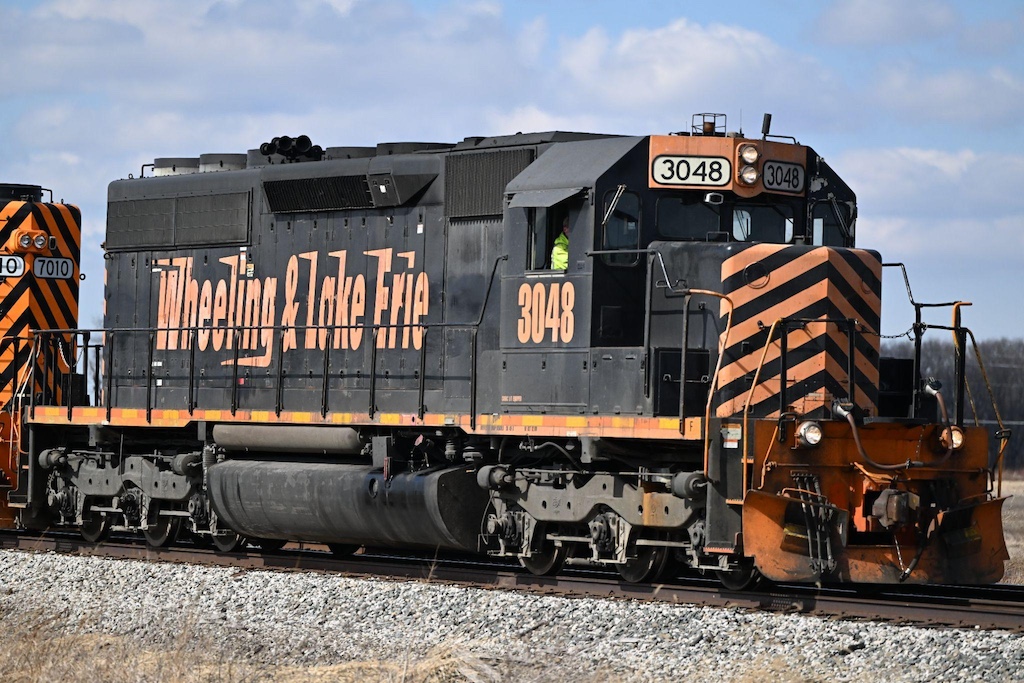
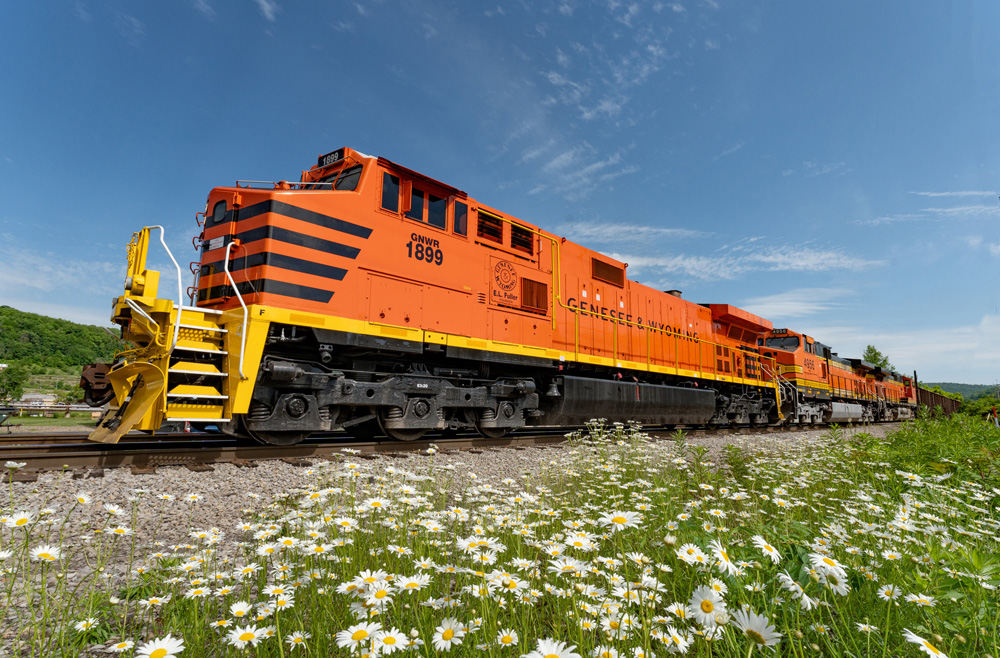




I agree with John. Suddenly, you are featuring lots of photos with the LTL letters ruining the photo.
How about choosing a different photo source? The “LTL” overprint ruins great photography.